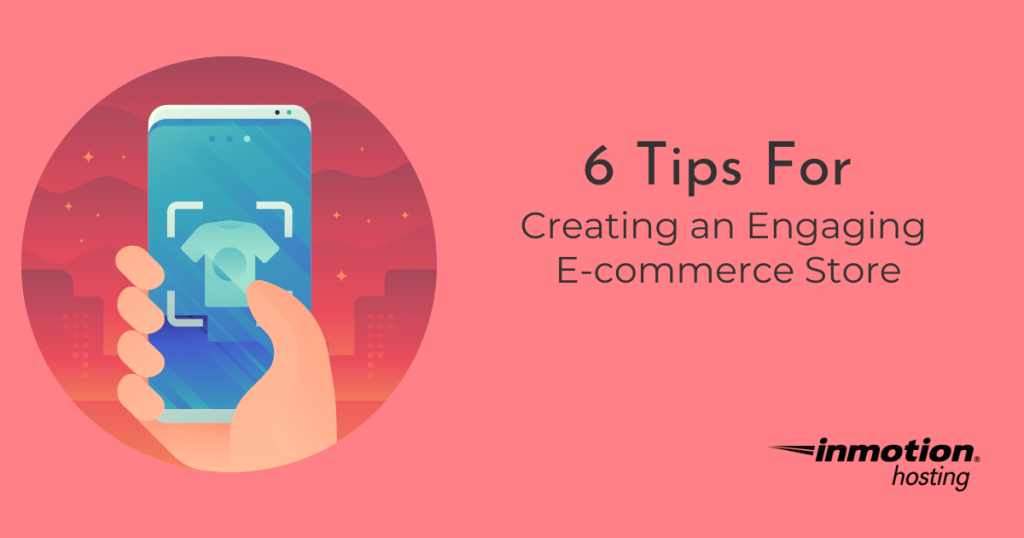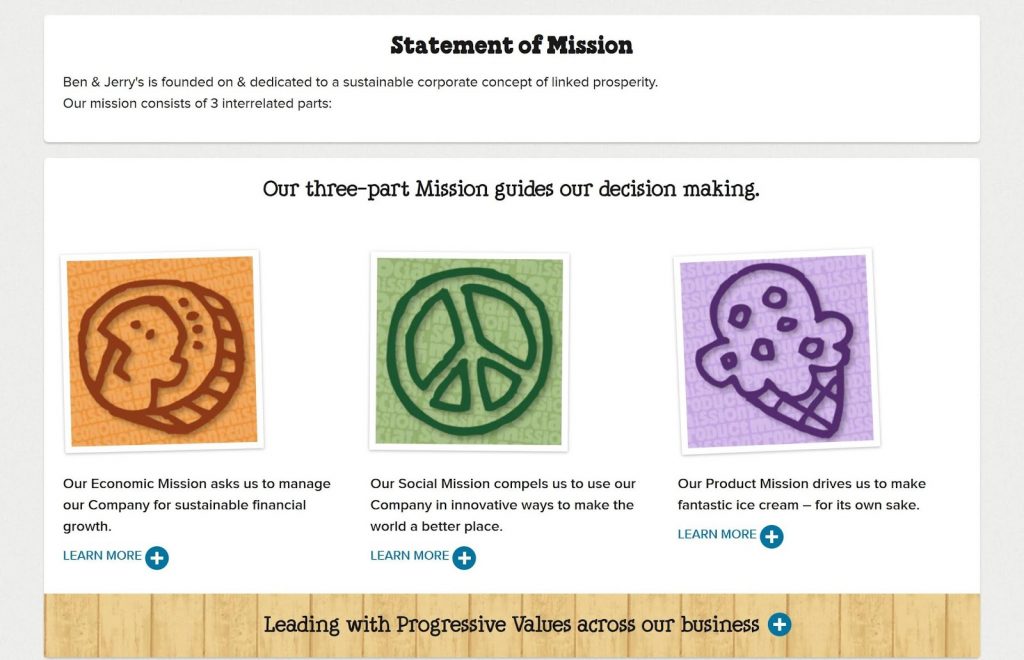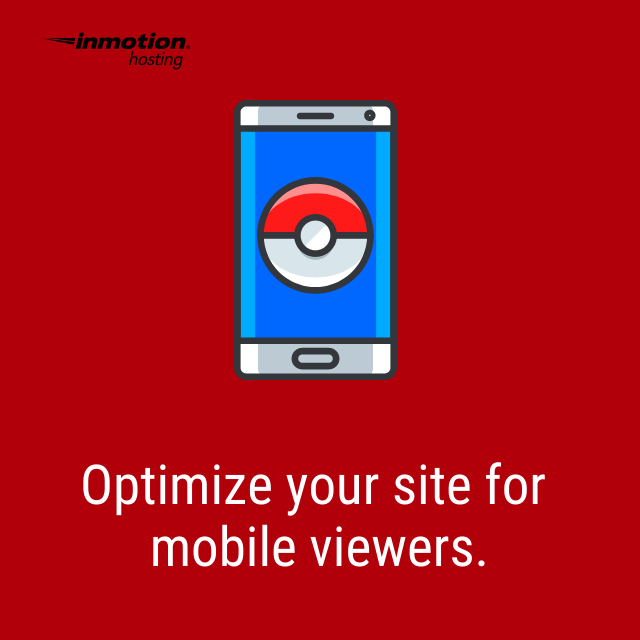
In the highly competitive world of e-commerce, setting yourself apart from other vendors is crucial, and it can be achieved through a combination of superior products, competitive pricing, and an exceptional ecommerce host. However, in an industry where competition is fierce, relying solely on product quality and pricing may not be enough. A generic or uninspiring online store can present significant challenges in selling even the most outstanding products.
In this article, we’ll cover 6 of the most effective tips for developing a more unique and engaging online shopping experience for your customers.
Increase profits organically with 6 simple tips.
Even seemingly minor adjustments can make your site significantly more accessible and lead to a sustainable increase in sales. These ideas can be applied to stores running on any of the top e-commerce platforms.
Craft an Intriguing About Us Page
If you’ve ever visited a company’s website, you’re likely familiar with the About Us section.
These pages are designed to give visitors a glimpse into what the brand is all about, but they’re often filled with repetitive, predictable messages about serving communities, using high-quality ingredients or materials, or focusing on customer satisfaction.
Entice your customers to read more by focusing on rewards; what will they get from you in return for their attention?
While these are obviously good goals for any business to have, they don’t offer any unique or captivating information that would get readers even more interested in your products.
An outstanding About Us page could discuss specific team members, provide photos or videos from company outreach events, or talk about how you’re using your platform to advance company values.
The Ben and Jerry’s website, for example, contains numerous pages covering everything from the brand’s production process to its political mission and the work of the Ben and Jerry’s foundation.
Visitors can even read detailed information about each individual member of the board of directors.

While smaller businesses may not have as much to discuss as one of the largest ice cream companies in the United States, their website can still teach a valuable lesson.
Rather than approaching the About Us page as an opportunity to post general feel-good information about the brand, Ben and Jerry’s offers a concrete mission and backs it up through its statements and actions.
Going above and beyond on your About Us page shows customers that you’re truly invested in your products and values and gives them a reason to care about your brand on a deeper level. Of course, this process starts with developing a clear set of core values and promoting those values in every area of your company.
Promote Real Product Reviews as Social Proof
Just as word-of-mouth marketing offers free exposure, online reviews are another powerful form of social proof for e-commerce businesses. In fact, over 90 percent of consumers trust online reviews as much as personal recommendations. Clearly displaying customer feedback gives your product more credibility and can help you generate more online sales.
Social cues spark your customers’ curiosity.
- What do other people think of your product?
- How does your product affect social standing?
- What social desires does your product support?
The simplest way to make product reviews and ratings more visible is to include each item’s star rating and the total number of customer reviews at the top of every product page. You can also add this information next to every item when visitors are browsing your online store.
From there, users should be able to read reviews quickly without leaving the product page or taking any additional steps.
Some brands give customers the option to indicate whether a particular review was informative. This system allows you to promote reviews that most people found helpful while moving the least helpful reviews to the end of the list.
Referral programs can also be a tool to boost your sales, but you need to find the best way to reward your customers.
Keep in mind that feedback is more effective when you can refer to a large volume of reviews and ratings.
Most customers won’t leave positive feedback without getting something in return, so it’s crucial to offer an incentive in order to gather sufficient feedback.
Gifts like discounts and free shipping are affordable ways to encourage satisfied customers to write positive reviews.
Optimize Your Site for Mobile Devices
More customers use mobile devices to make e-commerce purchases every year, yet many online stores continue to experience performance issues on smartphones and tablets.

Whether it’s long load times, elements being cut off of the smaller screen, or other issues, even minor points of friction can lead mobile users to try another site.
In fact, research indicates that over 50 percent of mobile users will leave a site if it takes longer than three seconds to load.
The margin for error is even smaller on mobile devices than on desktops, so it’s critical to focus on mobile functionality when developing your site.
The first step toward optimizing your site is simply using it on your own smartphone or tablet. Go through the process of browsing products, reading reviews, and finally, going through checkout.
Take notes of any glitches, slowdowns, or other issues that could negatively impact the customer experience.
Different devices react to websites in different ways, so don’t forget to test your site on as many devices and operating systems as possible.
For example, only testing on an iPhone or iPad won’t help you identify issues that only pop up on Android devices.
Additionally, both Android and iOS offer clear guidelines that outline best practices for responsive sites.
If you don’t have technical experience, consider using preset templates that are already optimized for a variety of devices.
Some marketing automation tools also allow users to preview their site by simulating different screen sizes and operating systems.
While every site is different, vertical layouts are generally more effective for online stores than horizontal layouts.
This format makes it easy for customers to browse while switching between different sites and apps. Your customer experience should be just as seamless on mobile devices as it is on desktops.
Offer Free Shipping Whenever Possible
Shipping costs were once an unavoidable part of shopping online, but Amazon Prime has led customers to expect free shipping.
Unexpected or overly expensive shipping costs are one of the main reasons why visitors abandon their cart before making a purchase.

Of course, it might be unrealistic for some brands to offer free shipping on their entire inventory.
Shipping is particularly expensive for businesses that sell a large volume of relatively inexpensive products.
It can be tough to balance the value of offering free shipping against your bottom line, but research shows that reducing shipping costs is one of the best ways to increase sales.
Most brands at least offer free basic shipping above a certain minimum order. This approach helps you avoid incurring significant expenses on small shipments while simultaneously giving customers an incentive to make larger orders.
On the other hand, long shipping delays are another common hangup for e-commerce stores. Customers are used to Amazon’s two-day turnaround, and many other large businesses have started to offer low-cost or even free expedited shipping.
While competitive shipping options are certainly important, small e-commerce businesses may not be able to match two-day free shipping.
With that in mind, some e-commerce stores provide expedited shipping options for an additional cost.
Instead of simply making these options free above the threshold, you can configure a discount to trigger if the order reaches the minimum for free basic shipping.
If basic shipping typically costs $5, for example, customers who want expedited shipping could at least get $5 off the additional cost.
Free shipping is one of the first things customers consider when they visit a new site, so this information should be clearly visible on every page of your online store.
It’s critical to be as transparent as possible when it comes to your shipping policies—unexpected charges or unnecessary steps in the checkout process will lead to abandoned carts later in the sales cycle.
Furthermore, when a customer adds an item to their cart, they should always see how much more they would need to spend to qualify for free shipping.
People are often willing to spend more money than they expected to in order to avoid the cost of shipping.
It can be tough to strike the right balance with your free shipping threshold. Higher minimums encourage large orders, but you may lose customers who were only interested in a smaller purchase. It might take some adjustment to reach the perfect number, so don’t get discouraged if your initial minimum needs to be tweaked later on.
Perform Competitor Research
The tips on this list can be effective for e-commerce stores in almost any field, but common trends and practices vary widely from one area to another.
Analyzing the strengths and weaknesses of your competitors will give you a better idea of how to stand out from the crowd in your unique niche.
Competitor research can be applied to essentially any area of your business. You could compare your store to other e-commerce shops with respect to pricing, search engine optimization, branding strategies, web design, shipping and return policies, and a variety of additional criteria.
For example, if most of your competitors offer free shipping starting at $25, keeping your own minimum at $50 will likely turn customers away.
On the other hand, offering free shipping at $25 while competitors don’t start until $50 will reduce your margins and average order value.
Researching your competitors can also help you identify industry SEO trends and optimize your website to achieve better search results.
While it’s important to focus on your own progress, you should always have an eye on what other vendors in your niche are doing.
Create a Blog

Starting and running a blog can be a time-consuming process, but the eventual return on investment is well worth the initial effort.
Blogs can help your site with search engine optimization while providing unique, intriguing content that will keep readers coming back for more.
Customers often need to engage with a brand several times before they consider a purchase, and blogs are an excellent way to move leads through the sales cycle.
Almost any e-commerce vendor can generate more sales in the long run by investing in high-quality blog content.
Of course, your blog will only be successful if you’re willing to put in the effort to develop content that goes above and beyond what other websites offer.
Guides, comparisons, and other posts that are directly relevant to your niche will engage your target audience and give you more opportunities to convert them into customers.
For example, if you’re selling phone cases through your e-commerce store, you could write a post comparing the pros and cons of your top sellers. From there, it’s easy to create links to each of their product pages in order to turn blog views into sales. You can even offer a discount or gift as an additional incentive.
This strategy will also give your site more visibility on Google and other search engines by making it a top option for common customer questions and pain points.
Customers who search “what’s the best phone case” and see your blog post will be more likely to complete the purchase on your site.
Blogging is the perfect area to implement customer research, especially when you’re just starting out. You can quickly find some of the most popular pages on other sites and identify questions or concerns that those brands haven’t responded to.
The most successful bloggers also put out a consistent stream of content that makes their posts easy to predict.
The easiest way to maintain a regular schedule is to write posts in advance and configure them to publish at a specific time.
WordPress and other blogging platforms give creators the option to publish posts immediately or set them aside to upload later.
Even successful blogs often take weeks or months to get off the ground, so it’s critical to stick with your new blog even if you have trouble reaching an audience.
Take some time at the end of each month to review recent performance and develop a plan for upcoming posts.
E-commerce is an intensely competitive field, and vendors need to do everything they can to stay a step ahead of the competition. These tips will help you optimize your online store and help you achieve better results at each point in the customer journey.